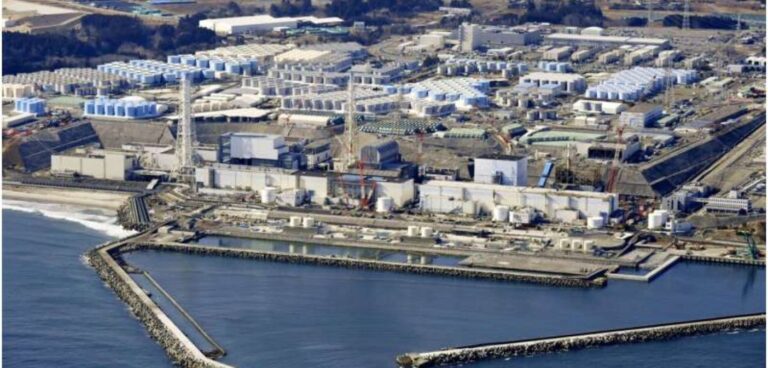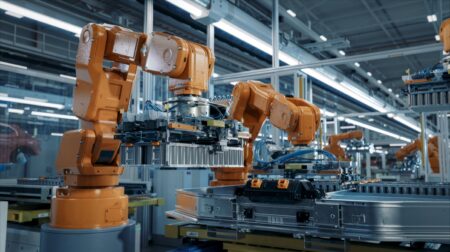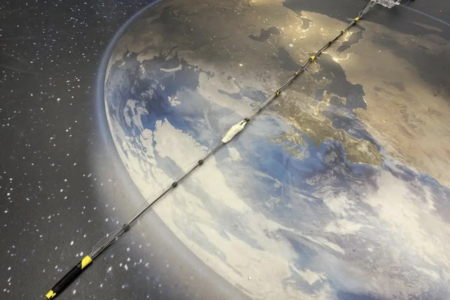An operator of the disabled Fukushima Daiichi nuclear power plant has announced that plans to begin removing highly radioactive material from its damaged reactors have been delayed due to issues with the development of a remote-controlled robotic arm.
Tokyo Electric Power Company Holdings (TEPCO) had initially planned to start removing radioactive melted fuel from the Unit 2 reactor last year, 10 years after the damage inflicted by a massive earthquake and tsunami on March 11, 2011.
According to TEPCO, the work that was postponed until later this year now faces further delays until autumn 2023, due to additional work needed on the robotic arm.
The arm, jointly developed by British firm Veolia Nuclear Solutions and Japan’s Mitsubishi Heavy Industries, has been transported to Japan and is undergoing further development at a testing facility.
The delay won’t affect the overall decommissioning of the plant, which is expected to take between 30 and 40 years, TEPCO has said.
During the accident, an estimated 880 tons of highly radioactive nuclear fuel in the three damaged reactors melted and fell to the bottom of their primary containment vessels, where it hardened, most likely mixed with broken parts of the reactor and the concrete foundation.
The utility company claims to have made progress in assessing the reactor and fuel’s condition, but data and images provided by TEPCO’s robot probes are still partial. Some experts have said it is too early to know when cleanup will be done.
Cooling the fuel remaining in the reactors has produced large amounts of contaminated water, which is being stored in tanks on the grounds of the plant.
The Japanese government has announced a plan to start releasing the water into the sea after further treatment in the spring of 2023, a move which has been fiercely opposed by local residents, the fishing community and neighbouring countries.









